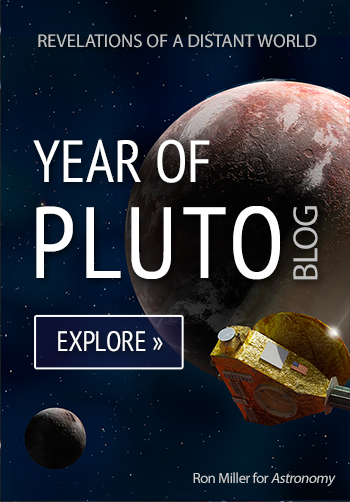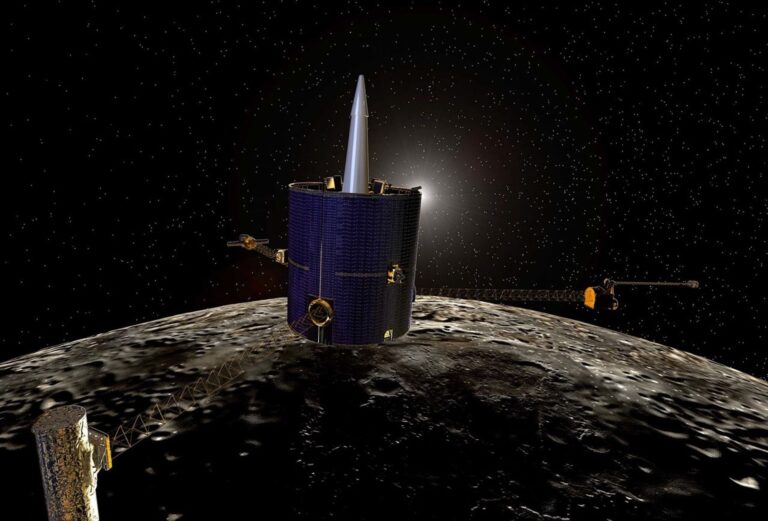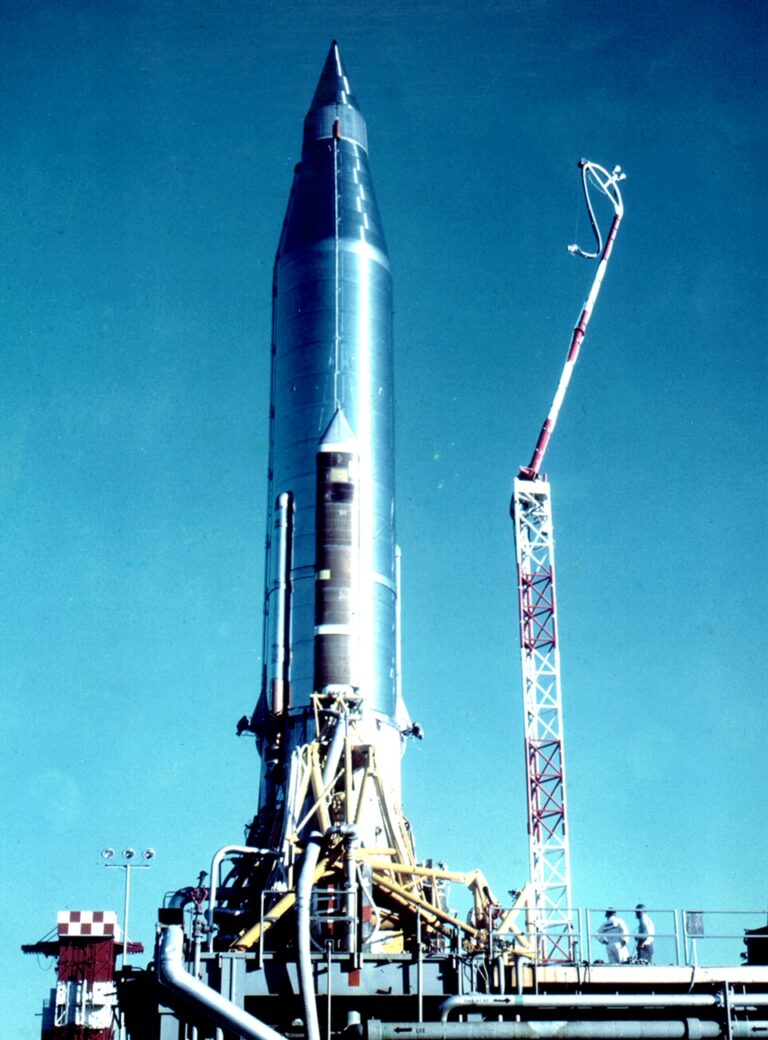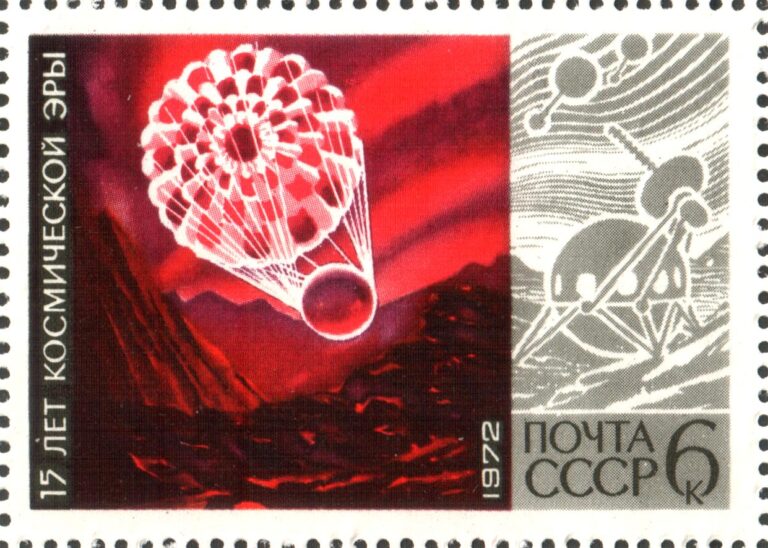Alex Trowbridge under the guidance of Jay Melosh performed the research in response to data reported by NASA’s New Horizons mission to the Pluto system and the Kuiper Belt that revealed a surprising amount of geologic activity on the dwarf planet’s surface.
“We wanted to know why this small icy cold dwarf planet is so active and to find a way to predict such activity for planets and other planetary bodies for which we have little information,” Melosh said. “The New Horizons mission has already provided an astounding amount of new information, and its surprises remind us how little we know about the far reaches of our solar system and the depths of outer space beyond it. This is why these missions are so important.”
A geologically active surface that buries craters and raises mountains means the mantle that lies below is moving.
The mantle is the layer between the crust and core of a planet or planetary body. In the Earth’s mantle a slow convection occurs in which hot material rises up and cooler material sinks. This movement occurs over millions of years and is responsible for the movement of the tectonic plates. Mantle convection also leads to geologic activity that rejuvenates the surface, erasing impact craters and bringing fresh material to the surface. Images of the surface of Pluto show young surfaces that indicate it is geologically active.
Mantle convection is like a pot of oatmeal on a hot stove, Melosh said. If the heat is too low, it just sits there, but, if the heat is turned up, it starts overturning and hot oatmeal is pushed to the top.
“We expect a piping hot pot of oatmeal to roil and churn, but we don’t expect a block of ice to have much movement,” he said. “It had been thought that pure water ice sat below the surface of Pluto, which has an average temperature of more than 300° below zero, but there is evidence that suggests the presence of ammonia. That little bit of antifreeze makes all the difference.”
Trowbridge, Melosh, and Andy Freed from Purdue used a convection model to analyze the possibility for geologic activity with a mantle of pure water ice and one that was 5 percent ammonia.
The team used the model to deduce the Rayleigh number, a mathematical term associated with the level of buoyancy-driven flow, or convection.
“We found that a mantle containing a small amount of ammonia, which has been seen on the surface of bodies in the outer solar system and plausibly condensed in the planets in this region, lowers the temperature required to achieve a Rayleigh number where convection occurs,” Trowbridge said. “The ammonia lowers the viscosity of water ice by a factor of 100,000. This would allow for the geologically active and vigorous Pluto seen in the New Horizon images.”
The team also created a new model to predict mantle convection and, in turn, whether a planet or object is geologically active.
Previously, the set of equations used to compute convective vigor required knowledge of the average temperature of the mantle, which is not known for many planets and planetary bodies, including Pluto, Trowbridge said.
The team added the understanding of heat transport into the mix and crafted an equation, which when added into the standard system of equations, gave the ability to solve for convective vigor when all that is known is size, heat generation, and the mantle material, Melosh said.
“It is a complicated and interdependent set of mathematical equations, as often is the case, but convective vigor and heat transport have been known to be entwined for some time,” Melosh said. “In hindsight, it is a solution that was hiding in plain sight all along. We hope that we now have a universal model for planetary vigor that can be applied to planets, satellites, and other bodies where such a prediction was previously impossible.”
The team plans to continue to test the model and apply it to other planetary bodies encountered on the New Horizons mission.











